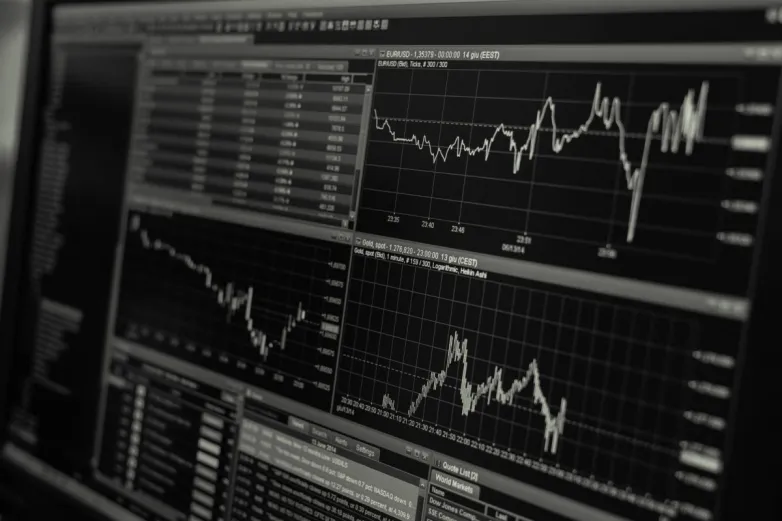Recovering interest rates may raise large scale solar electric price 11%
Sep 11, 2019 08:55 PM ET
- Renewables investment may by hit by rising interest rates despite the falling cost of clean energy tech just as fossil fuels avoid the impact of rising base rates.

If interest rates return to pre-financial crisis levels in the next five years, the consequences for the energy transition could be serious, as higher financing expense could ramp up the cost of developing large scale wind and solar projects.
That was the main conclusion of the Adverse effects of rising interest rates on sustainable energy transitions report published in Nature Sustainability.
The authors of the paper stressed, not only is it wrong to assume renewable energy component costs will continue to fall indefinitely, but that low interest rates could be helping finance the investment that is making PV modules and wind turbines ever cheaper.
The most pessimistic ‘extreme’ scenario considered in the paper suggests interest rates of 4.29% in 2023 could account for more than a third of the levelized cost of energy (LCOE) produced by renewables plants. That would drive up the LCOE of solar 11% in Europe, with wind power leaping 25%.
A more optimistic ‘moderate’ scenario envisaged an interest rate of 2.15% in 2023 wiping out any LCOE gains from falling component costs.
Advantage fossil fuels
The energy transition would be at risk if the LCOE of capital-intensive utility scale solar and wind failed to match the marginal costs of gas and coal plants, stated the paper’s authors. Given the existing advantage enjoyed by conventional power generation, “with rising IRs [interest rates], the viability of solar PV investments in a wholesale market-based setting deteriorates,” the researchers said.
The study advises European policymakers to adopt a “thermostatic policy strategy” – a two-stage approach intended to maintain clean energy auctions that would function like a thermostat, automatically counterbalancing interest rate growth.
The costs of adjusting auctions in that manner would be compensated for by continual reductions in the final electricity price for a net zero impact on national budgets, the researchers argued. “Competitive auctions for RE [renewable energy] could thus ensure continued RE capacity additions while avoiding the above-mentioned calibration problems in a cost-effective way,” the study noted.
Auctions based on contracts for difference were highlighted as the most efficient in terms of price reduction and deployed generation capacity.
The report’s authors also called for a price floor for the EU emissions trading scheme (ETS). “If governments of EU countries abandon their RE deployment policies, comparatively higher costs of RE would need to be absorbed by the EU ETS,” said the report. A recent recovery in the ETS price has failed to mask a persistent sharp decline in recent years.
“Ideally, such a floor would over time become high enough to ensure RE deployment even in times of high IRs, allowing RE auctions to be eventually phased out,” added the report.
Also read


